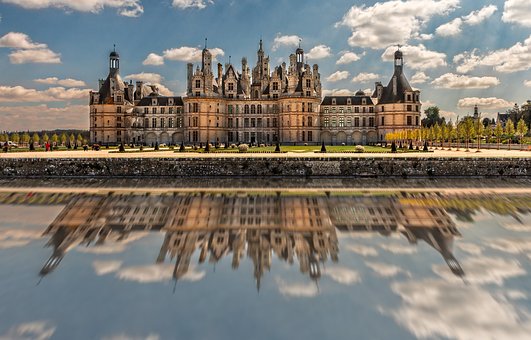Leonardo died 500 years ago on May 2 in the Loire Valley town of Amboise, where he was the prestigious guest of French King Francis I for the last three years of his life.

The Florentine master brought with him three of his favorite paintings: the Mona Lisa, the Virgin and Child with Saint Anne, and Saint John the Baptist, on which he continued to work at the Clos Lucé.
According to French historian Stéphane Bern, the world will never know whether Leonard considered the Mona Lisa completed.
“What is so pleasing about Leonardo da Vinci is his both his genius and his mysteries,” Bern told Lovin’ Leonardo.
Born out of wedlock to a Tuscan peasant woman and a prominent notary in the little village of Vinci outside Florence, the boy would go on to become an icon of the artistic, scientific and humanist revolution that was the Italian Renaissance.
Through the centuries, Leonardo’s foibles have fascinated historians and psychologists–including the father of psychoanalysis, Sigmund Freud. Leonardo could be the patron saint of procrastination, leaving behind a long list of unfinished projects. In his thousands of pages of notes — many written backwards, to be read using a mirror — Leonardo reflected an insatiable curiosity about the physical world as well as a playfulness and humanity that continue to define him.
The consummate artist who gave us the world’s most famous painting — the Mona Lisa — was consistently described by his contemporaries as a kind soul, according to Giorgio Vasari, the 16th-century father of art history. Yet he made a handsome living off of the era’s military industrial complex, inventing war machines and devising strategies, switching allegiances when it suited him.

About those unfinished artworks: the jury still out over whether this pattern stemmed from a deep-seated inferiority complex, or from a desire for ever elusive perfection. Either way, let us celebrate the memory of the extraordinary Renaissance Man who was so very human!
